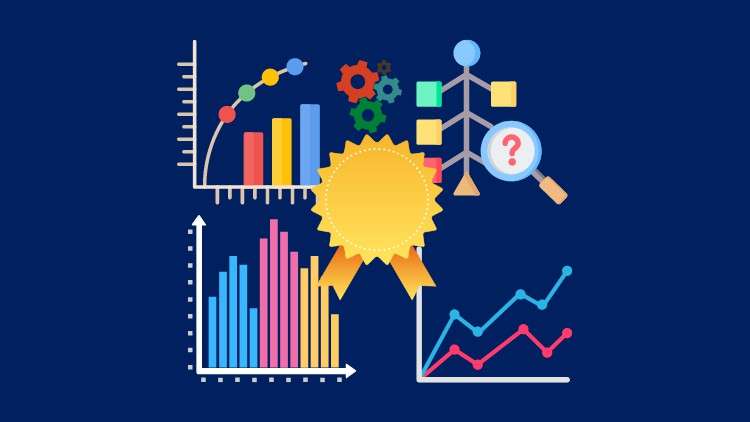
Learn how to practically deploy these tools to hugely improve quality and operational performance for your organization.
What you will learn
How to deploy the 7 tools of quality effectively and successfully
How to deploy the quality tools within your organziation
How to deploy the tools to measure distribution and / or frequency
How to deploy the tools to measure process stability and performance
How to root cause your most pressing problems
How to present the data in a graphical, more effective and more usable manner
How to gather new data using the tools
How to improve the quality of processes and products using the tools and their outputs
How to use what you learn with the tools to make better, more informed and insightful decisions
How to improve operational performance using the 7 tools of quality
Description
Identifying the need for, instilling and controlling quality within an organization is a skill highly in demand today. To enable you to do this, the 7 tools of quality are a set of tools tried and tested in a range of industries, sectors and organizations of all sizes. They can be used for many different purposes including identifying the distribution and frequency of data points, assessing the stability and performance of a process, understanding the root cause of a problem and graphically showing you the current state of your key operations. In this course, we will:
– Learn about the fundamentals of quality, looking at examples, how to monitor it and why it is important.
– Review each of the tools, breaking them down into what they are, when they should be used and why.
– Run through a series of practical demonstrations, based on real life scenarios, to show you how to deploy the tools in full.
– Learn about what you should expect as outputs from the tools, what good looks like and how to determine the best tool for the job, depending on the situation at hand.
These tools can help you to identify that quality is indeed required, that established quality is in danger and show you the path to improvement. They can be used reactively and proactively, to understand current performance and future risks and, crucially, can be trained out to others to deploy as part of their daily activities – improving quality and performance one colleague at a time.
Content